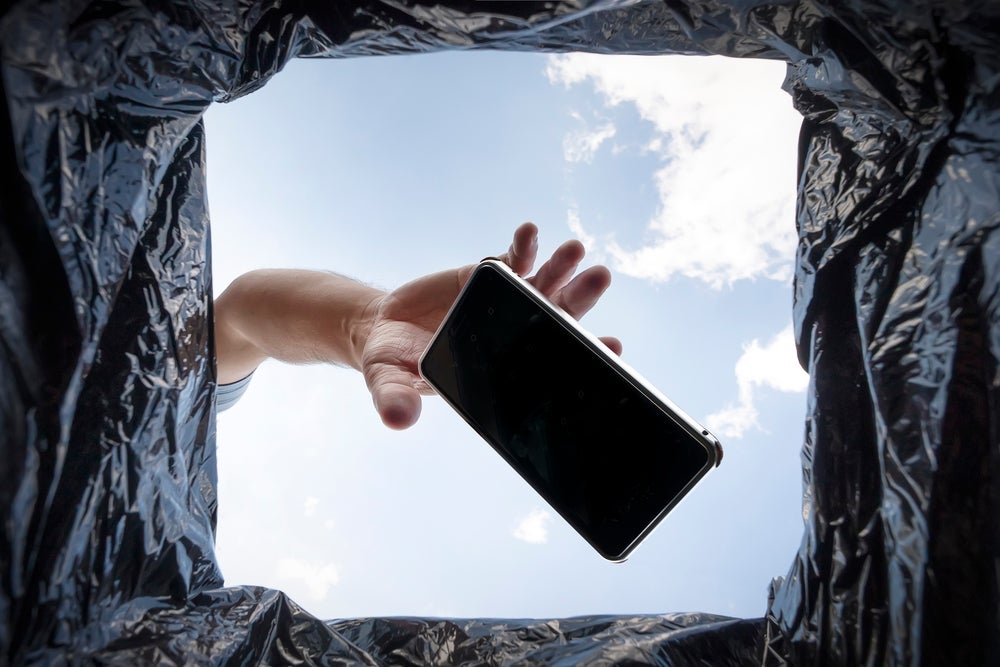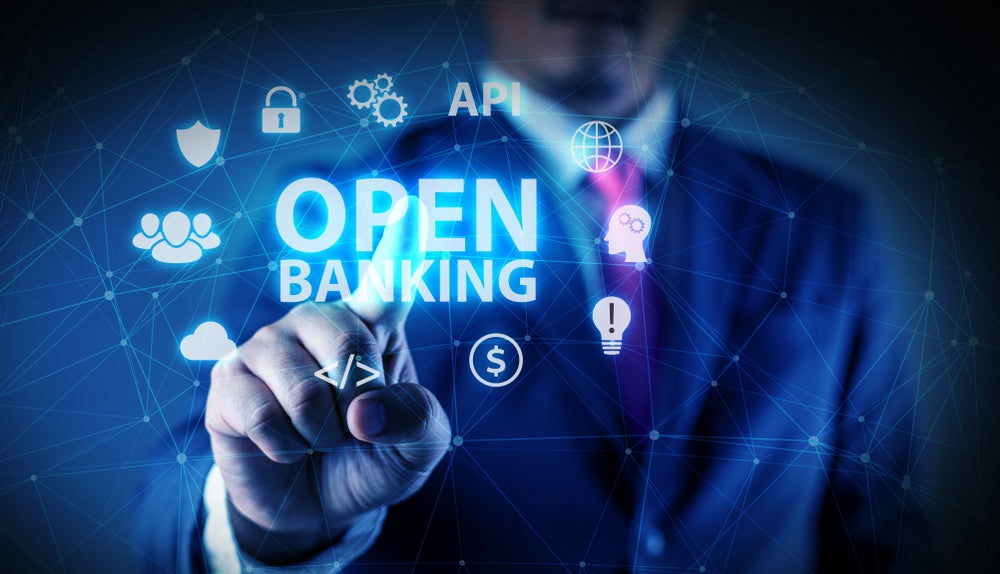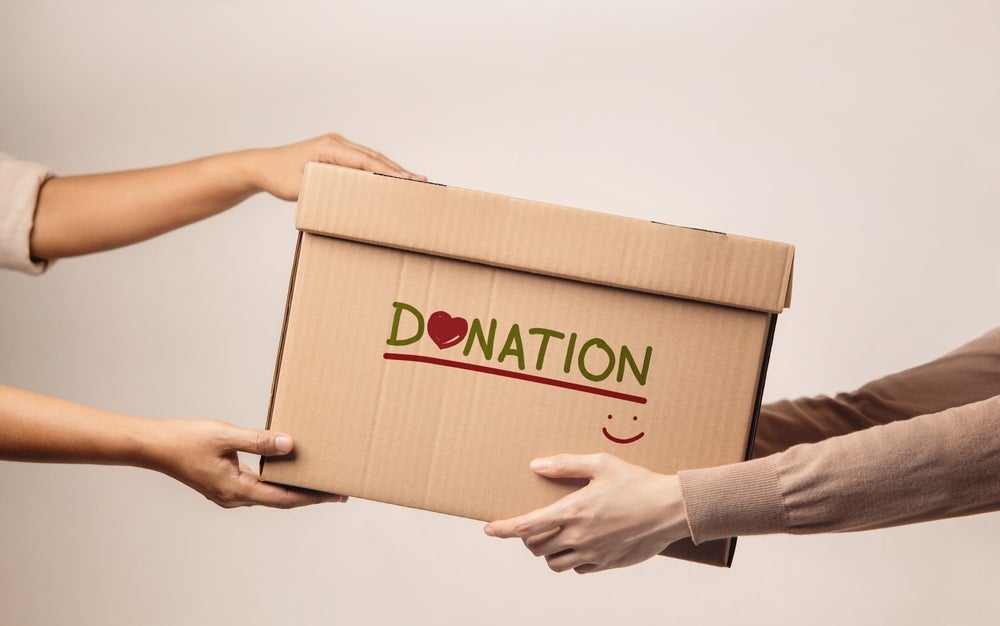
Financial inclusion is on the rise globally, accelerated by mobile phones and the internet.
Globally, 69% of adults – 3.8 billion people – now have an account at a bank or mobile money provider, a crucial step in escaping poverty.
This is up from 62% in 2014 and just 51% as recently as 2011.
There are however two important caveats to the welcome data update from the World Bank.
- gains have been uneven across countries, and
- men remain more likely than women to have an account.
From 2014 to 2017, 515 million adults obtained an account, and 1.2 billion have done so since 2011, according to the World Bank’s Global Findex database.
The gap between men and women in developing economies remains unchanged since 2011, at 9 percentage points.
How well do you really know your competitors?
Access the most comprehensive Company Profiles on the market, powered by GlobalData. Save hours of research. Gain competitive edge.

Thank you!
Your download email will arrive shortly
Not ready to buy yet? Download a free sample
We are confident about the unique quality of our Company Profiles. However, we want you to make the most beneficial decision for your business, so we offer a free sample that you can download by submitting the below form
By GlobalDataThe Global Findex, a wide-ranging data set on how people in 144 economies use financial services, was produced by the World Bank with funding from the Bill & Melinda Gates Foundation and in collaboration with Gallup, Inc.
“In the past few years, we have seen great strides around the world in connecting people to formal financial services,” World Bank Group President Jim Yong Kim said.
“Financial inclusion allows people to save for family needs, borrow to support a business, or build a cushion against an emergency. Having access to financial services is a critical step towards reducing both poverty and inequality, and new data on mobile phone ownership and internet access show unprecedented opportunities to use technology to achieve universal financial inclusion.”
There has been a significant increase in the use of mobile phones and the internet to conduct financial transactions. Between 2014 and 2017, this has contributed to a rise in the share of account owners sending or receiving payments digitally from 67% to 76% globally, and in the developing world from 57% to 70%
Globally, 1.7 billion adults remain unbanked, yet two-thirds of them own a mobile phone.
56% of all unbanked adults are women while nearly half of the world’s unbanked lived in just seven countries: Bangladesh, China, India, Indonesia, Mexico, Nigeria, and Pakistan
In India and Mexico more than 50% of the unbanked have a mobile phone; in China 82% do.
There are other opportunities to increase account ownership and use through digital payments: more than 200 million unbanked adults who work in the private sector are paid in cash only, as are more than 200 million who receive agricultural payments.
“We already know a lot about how to make sure women have equal access to financial services that can change their lives,” Melinda Gates, co-chair of the Bill & Melinda Gates Foundation, said.
“When the government deposits social welfare payments or other subsidies directly into women’s digital bank accounts, the impact is amazing. Women gain decision-making power in their homes, and with more financial tools at their disposal they invest in their families’ prosperity and help drive broad economic growth.”







